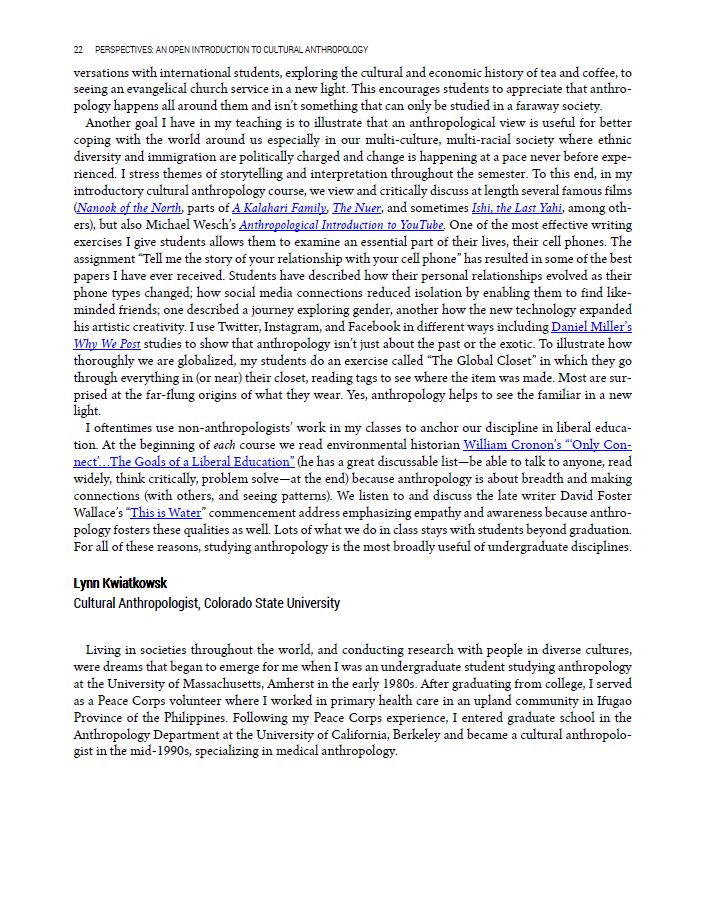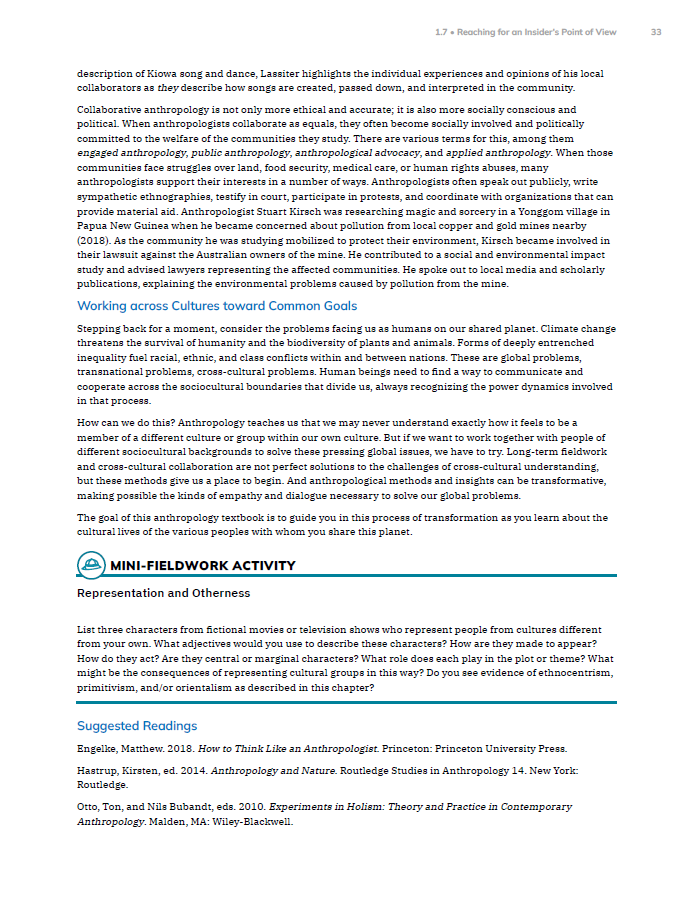Based on the discussion in the Literature Review section, it was also predicted that traditional textbooks generally offer more what are considered pedagogical resources, such as discussion questions, exercises, and assessments. Again, this is because publishers of standard textbooks charge a higher price for their textbooks. Nowadays, we see the widespread appearance of access codes, which provide instructors and students access to an array of pedagogical resources, sold by the very same publishers, often bundled together with the textbooks themselves. While some standard textbooks include these pedagogical resources in their textbooks, some choose to provide a link to these resources online instead. Comparing these traditional textbooks and their OER counterparts, the quantitative coding shows that traditional textbooks are more likely to provide readers with discussion/review questions, exercises, assessments, chapter summaries/reviews, and sections for further readings.
| Pedagogical Tools | Discussion/Reading questions | Exercises | Assessments | Chapter Summaries | Further Exploration |
| OER (12) | 7 | 3 | 2 | 6 | 4 |
| Traditional | 10 | 7 | 3 | 10 | 6 |
However, because all of the OER textbooks are in digital format, hyperlinking in citations and in the further readings section makes the references and resources more accessible to students. Those resources are just one click away for the students, which adds to the convenience aspect and aids the learning experience.
Circling back to the model OER textbooks that are comparable with the standard ones, there were two Anthropology texts and one Sociology text in the sample that are suitable for this category. Apart from the ones by OpenStax, the American Anthropology Association (AAA) has their own version of an open-access, introductory, college-level Anthropology textbook. The screenshots below show hyperlinking as a way of presenting further resources in AAA’s OER textbook and the exercises and further readings provided by OpenStax’s Introduction to Anthropology (Hasty, Lewis, and Snipes 2022).
Out of all the OER texts available on the Internet, the ones by OpenStax are probably the most comparable to standard commercial ones. This is because OpenStax deliberately tries to replicate the feel of a traditional textbook in order to help ease the transition process from traditional to OER textbooks for instructors who are accustomed to only using traditional texts. Therefore, one can expect OpenStax’ textbooks to have sections discussing their interactive and engaging features, as well as their pedagogical frameworks and how the different components in the books can help students learn and retain information. In fact, if one were to hold a physical copy of an OpenStax textbook, it would be challenging to tell that it is not a commercial textbook without looking at the license. OpenStax also boasts a long list of senior contributing authors, contributing authors, and reviewers, with some notable names, such as David G. Lewis, Marjorie M. Snipes, Megan Schmidt-Sane, and Fay Stevens.

